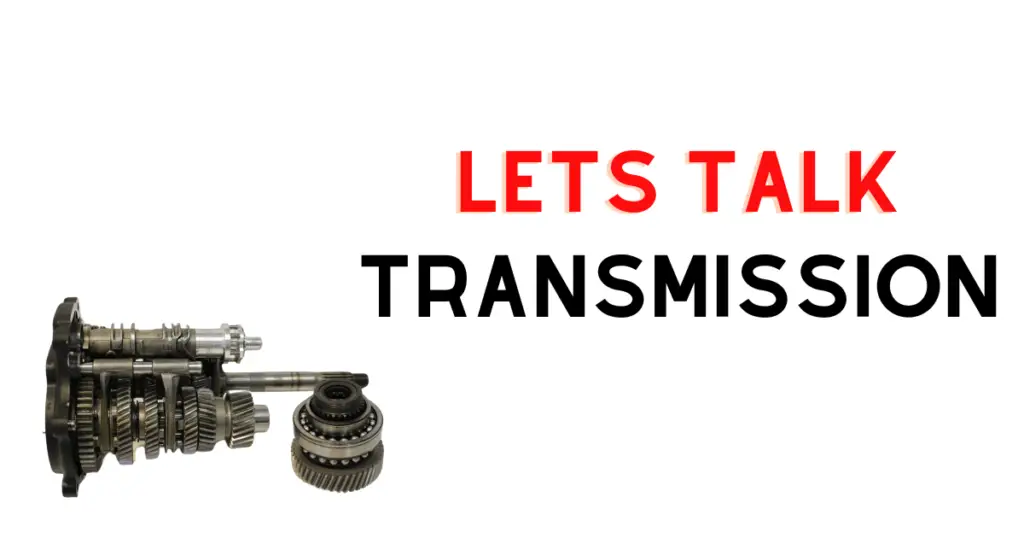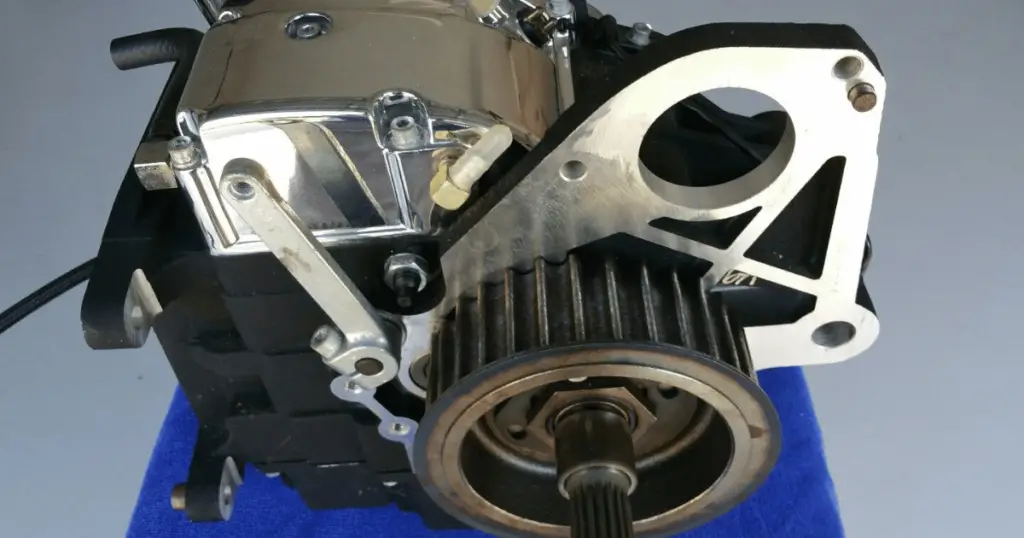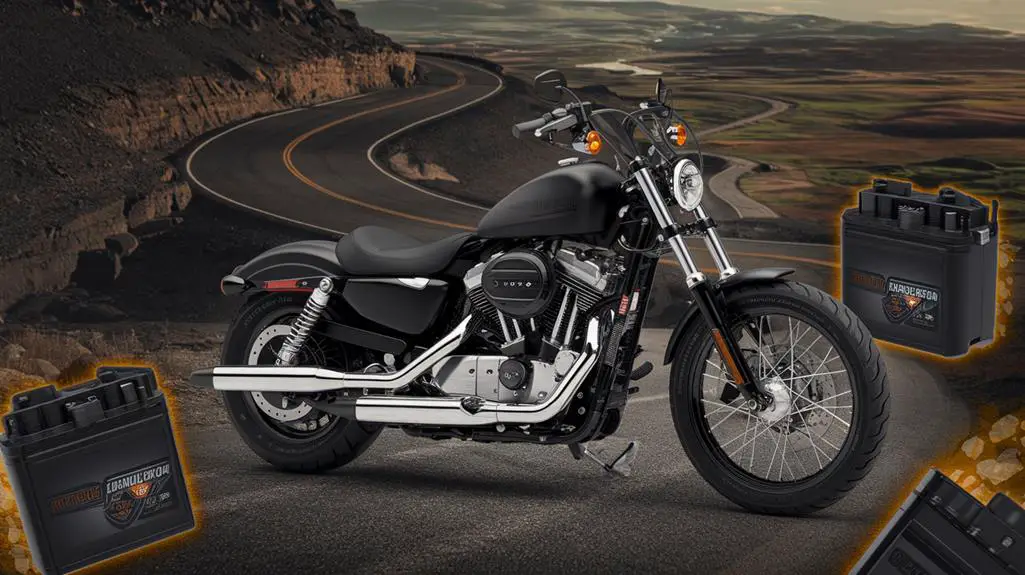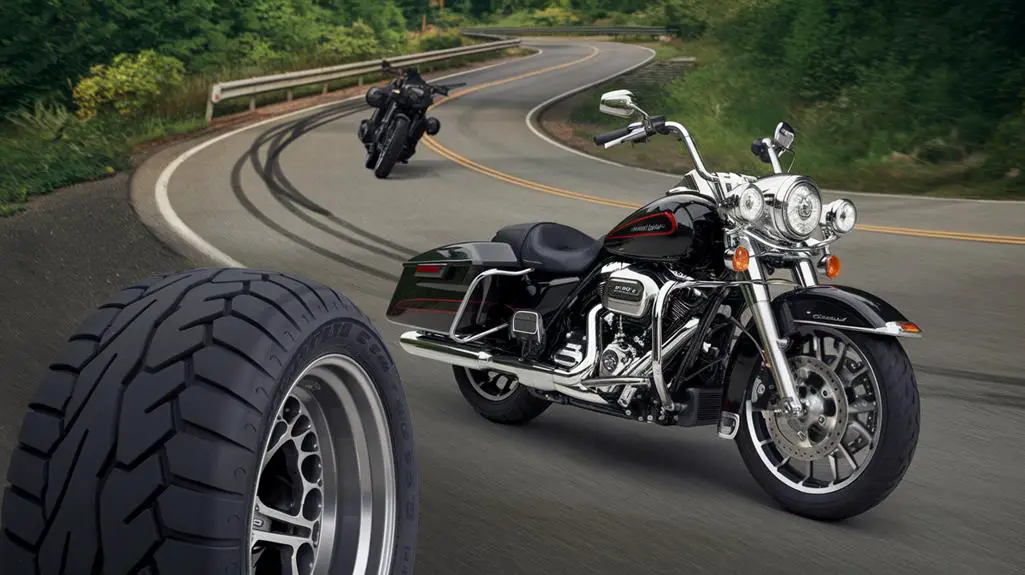If you own a Harley Davidson motorcycle, you know that it’s more than just a mode of transportation. It’s a lifestyle. You take pride in your bike and want to keep it running smoothly for years to come. However, even the most well-maintained Harley can experience transmission problems.
Transmission issues can be frustrating and costly to repair, but with the right knowledge, you can prevent them from happening or catch them early before they become major problems. In this article, we will discuss some common Harley Davidson transmission problems and provide solutions to help keep your bike running smoothly.
Whether you’re a seasoned Harley rider or a new owner, it’s important to understand the potential transmission issues that can arise. From gear grinding noise to difficulty shifting, we’ll cover it all. So, if you want to keep your Harley Davidson motorcycle running smoothly, keep reading!
Related read: Harley Davidson Clutch Replacement Cost: My Total Overview
Understanding Harley Davidson Transmissions

If you own a Harley Davidson motorcycle, it’s important to understand how your transmission works. The transmission is a critical component of your motorcycle’s performance, and understanding its components and functionality can help you diagnose and prevent problems. In this section, we’ll cover the basics of Harley Davidson transmissions, including their evolution, engine and transmission integration, and an overview of the Harley 6 speed transmission.
Components and Functionality
Harley Davidson transmissions consist of several key components that work together to transfer power from the engine to the wheels. These components include the clutch, primary drive, transmission gears, and final drive. The clutch is responsible for disengaging and engaging the engine from the transmission. The primary drive transfers power from the engine to the transmission, while the transmission gears allow you to shift gears and control your speed. Finally, the final drive transfers power from the transmission to the wheels.
Evolution Engine and Transmission Integration
Harley Davidson has been producing motorcycles with integrated engines and transmissions since the introduction of the Evolution engine in 1984. This integration allows for a more compact design, improved performance, and reduced maintenance. The Evolution engine features a five-speed transmission, which was later replaced by the Harley 6 speed transmission in 2006.
Harley 6 Speed Transmission Overview
The Harley 6 speed transmission is a more advanced version of the five-speed transmission found in earlier Harley Davidson models. It features an additional gear, which allows for smoother acceleration and improved fuel efficiency. However, like any mechanical component, the Harley 6 speed transmission is prone to problems. Some of the most common issues include slipping gears, difficulty shifting, and grinding noises. Regularly changing transmission fluid and replacing worn parts can help prevent these problems.
In summary, understanding the components and functionality of your Harley Davidson transmission can help you diagnose and prevent problems. The evolution engine and transmission integration has improved performance and reduced maintenance. The Harley 6 speed transmission is a more advanced version of the five-speed transmission, but it is still prone to problems. Regular maintenance can help prevent transmission issues and keep your motorcycle running smoothly.
Read later: Round ‘Em Up: What Year Harleys To Avoid? (Full Overview)
Common Harley Davidson Transmission Problems and Symptoms
If you own a Harley Davidson motorcycle, you know how important it is to keep your transmission running smoothly. Unfortunately, there are several common transmission problems that you may encounter. Here are some of the most common transmission problems and their symptoms:
Clutch Issues
One of the most common transmission problems is clutch slipping. This occurs when the clutch doesn’t fully engage, which can cause your bike to lose power. You may also notice that your bike struggles to accelerate or that the engine revs higher than usual. If you experience any of these symptoms, it’s important to get your clutch checked out by a professional.
Gear Shifting Challenges
Another common transmission problem is difficulty shifting gears. This can manifest in a variety of ways, such as gears popping out of place or grinding noises when shifting. You may also notice that it’s harder to shift gears than usual. If you’re experiencing any of these symptoms, it’s important to get your transmission checked out by a professional.
Unusual Noises and Vibrations
If you notice any unusual noises or vibrations coming from your transmission, it’s important to get it checked out as soon as possible. Some common noises include clunking, growling, and excessive vibration. These symptoms could be an indication of a serious problem with your transmission, so it’s important to get it checked out by a professional.
In conclusion, keeping your Harley Davidson transmission running smoothly is essential to the longevity of your bike. If you experience any of the symptoms listed above, it’s important to get your transmission checked out by a professional as soon as possible. By taking care of your transmission, you can ensure that your Harley Davidson motorcycle runs smoothly for years to come.
content continues below
Quick Navigation for Related Problems
-
Harley Davidson Oil Leaks: Quick Fixes for a Sealed Ride
-
Harley Davidson Excessive Vibration: Tips to Smooth It Out
-
Harley Engine Knocking Sound: Causes and Fixes
-
4 Most Annoying Harley Davidson Throttle by Wire Problems
-
5 Harley Davidson Overheating Problems That Ruin Your Ride
-
3 Harley Davidson Brake Light Switch Problems To Be Aware Of
-
Total Harley Davidson Starter Problems Troubleshooting Guide
-
Harley Davidson Speedometer Not Working: Tips, Tricks & More
-
Harley Oil Breather Problems: Quick Tips, Tricks & More
-
Harley Oil Sumping Fix: Quick Solutions for a Smooth Ride
-
Harley Davidson ABS Light Flashing: Tips, Fixes, and More
-
Harley Davidson BCM Problems: Navigating Common Issues
-
Is Your Harley Clicking When Trying to Start? Help’s Here!
-
Harley Davidson Fuel Pump Problems: Tips, Tricks & More
-
3 Harley Davidson Fuel Injection Problems To Be Wary Of
-
Harley Bad Compensator Symptoms: Recognizing Early Signs
-
6 Reasons Why Your Harley Has Power but Won’t Start
-
Your Harley Lost All Electrical Power? Here’s What To Do
-
3 Harley Davidson Transmission Problems That Shift Your Mood
-
4 Harley Hydraulic Clutch Problems, Their Causes and Fixes
content resumes
Troubleshooting and Repair Processes

If you are experiencing transmission problems with your Harley Davidson, you may be wondering what steps you can take to diagnose and repair the issue. In this section, we will cover some diagnostic tools and techniques, clutch and gear repair, and electrical system checks that can help you troubleshoot and fix your transmission problems.
Identifying Electrical Issues
Electrical issues can cause a range of problems with your Harley Davidson’s transmission. If you suspect an electrical issue, the first thing to check is your battery. Regular battery maintenance is essential to ensure proper function. Check the battery terminals for corrosion and ensure they are tight. If your battery is older than three years, it might be time for a replacement.
Next, check your voltage regulator. A faulty voltage regulator can cause your battery to overcharge or undercharge, which can lead to transmission issues. Use diagnostic tools to test your voltage regulator and ensure it is functioning correctly.
Fuel System and Pump Diagnostics
Fuel system issues can also cause transmission problems on your Harley Davidson. If you suspect a fuel system issue, start by checking your fuel pump. A faulty fuel pump can cause a range of problems, including hard starting, stalling, and poor acceleration.
Use diagnostic tools to test your fuel pump and ensure it is functioning correctly. If your fuel pump is working correctly, check your fuel system for clogs or leaks. Use a fuel pressure gauge to test your fuel system’s pressure and ensure it is within the manufacturer’s recommended range.
In conclusion, advanced troubleshooting techniques can help identify and fix transmission problems on your Harley Davidson. Check for electrical issues, such as battery problems or faulty voltage regulators, and fuel system issues, such as faulty fuel pumps or clogs in the fuel system. Use diagnostic tools to test your components and ensure they are functioning correctly.
Maintenance and Prevention Practices To Avoid These Issues
If you want to keep your Harley-Davidson transmission running smoothly, it’s important to stick to a regular maintenance schedule. This includes regular fluid and filter changes, as well as inspections and safety checks.
Regular Maintenance Schedule
To keep your transmission in top condition, it’s recommended that you follow a regular maintenance schedule. This should include regular oil changes, as well as checking the fluid levels and inspecting the transmission for any signs of wear or damage.
Cost-Effective Maintenance Tips
While transmission problems can be costly to repair, there are some cost-effective maintenance tips you can follow to help prevent issues from arising in the first place. Here are a few tips to keep in mind:
- Regularly check and replace gaskets and seals: Gaskets and seals help prevent leaks and ensure proper lubrication in the transmission. By regularly checking and replacing them as needed, you can help prevent more serious transmission problems from developing.
- Follow the manufacturer’s maintenance schedule: Harley Davidson provides a recommended maintenance schedule for all of their bikes. By following this schedule and performing regular maintenance tasks like oil changes and fluid checks, you can help keep your transmission running smoothly.
- Use high-quality transmission fluid: Using high-quality transmission fluid can help prevent wear and tear on the transmission and extend its lifespan. Be sure to use the type of fluid recommended by Harley Davidson for your specific bike model.
By following these cost-effective maintenance tips, you can help prevent transmission problems and save money on costly repairs in the long run.
Transmission Fluid and Filter Changes
One of the most important aspects of proper maintenance is changing the transmission fluid and filter on a regular basis. This will help to ensure that the transmission is properly lubricated and that any contaminants are removed from the system.
Inspection and Safety Checks
In addition to regular maintenance, it’s also important to perform regular inspections and safety checks. This includes checking the transmission for any signs of wear or damage, as well as ensuring that all safety features are in working order.
By following these preventative measures, you can help to ensure that your Harley-Davidson transmission stays in top condition for years to come. So be sure to stick to a regular maintenance schedule, change the transmission fluid and filter regularly, and perform regular inspections and safety checks to keep your transmission running smoothly.
Frequently Asked Questions
What are common signs of transmission issues in a Harley-Davidson?
If you’re experiencing transmission issues with your Harley-Davidson, there are a few common signs to look out for. These include grinding or clunking noises, difficulty shifting gears, and a slipping clutch. You may also notice that your bike is vibrating excessively or that it’s not accelerating as quickly as it should be.
How often should a Harley-Davidson transmission be serviced?
To keep your Harley-Davidson’s transmission running smoothly and prevent costly repairs down the line, it’s important to have it serviced regularly. Most experts recommend having your transmission serviced every 10,000 to 20,000 miles, depending on how often you ride and the conditions you ride in.
What steps can I take to troubleshoot transmission problems in my Harley?
If you’re experiencing transmission problems with your Harley-Davidson, there are a few steps you can take to troubleshoot the issue. First, check your bike’s fluid levels to make sure they’re at the appropriate levels. You should also inspect your bike’s clutch and gears for signs of wear or damage. If you’re still experiencing issues, it may be time to take your bike to a professional mechanic for further diagnosis and repair.
Is it expensive to repair a Harley-Davidson transmission?
The cost of repairing a Harley-Davidson transmission can vary widely depending on the extent of the damage and the type of repair needed. In general, minor repairs such as replacing a worn clutch or shifter cable are relatively inexpensive, while major repairs such as replacing the entire transmission can be quite costly. To avoid costly repairs, it’s important to have your Harley-Davidson’s transmission serviced regularly and address any issues as soon as they arise.









Leave a Reply
You must be logged in to post a comment.